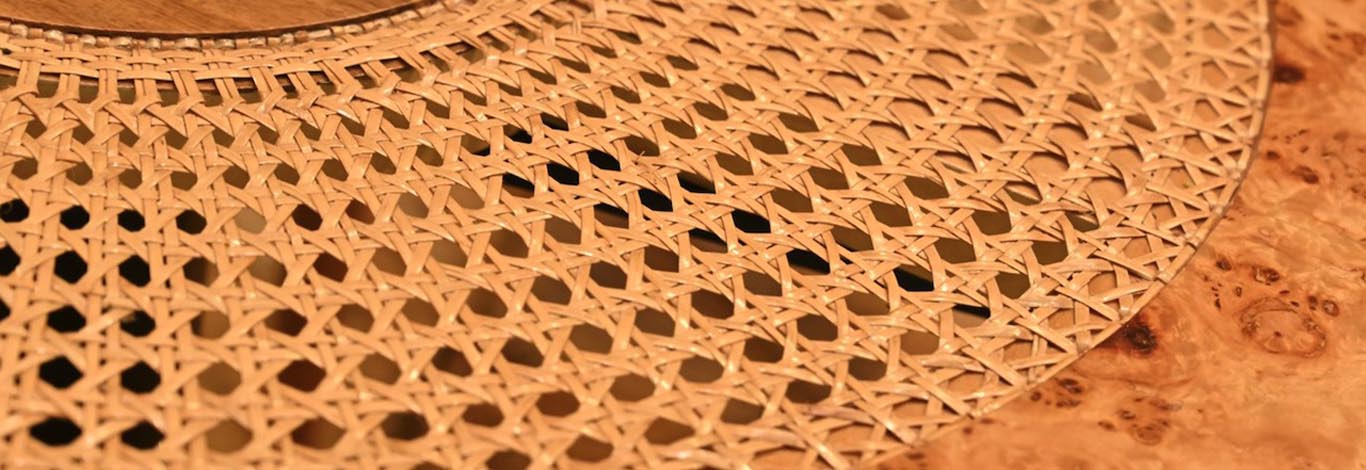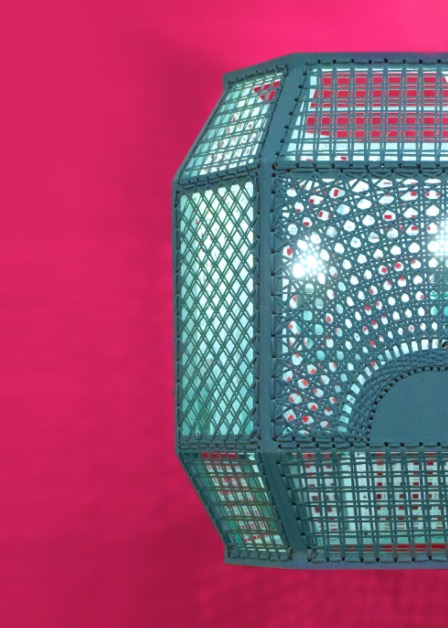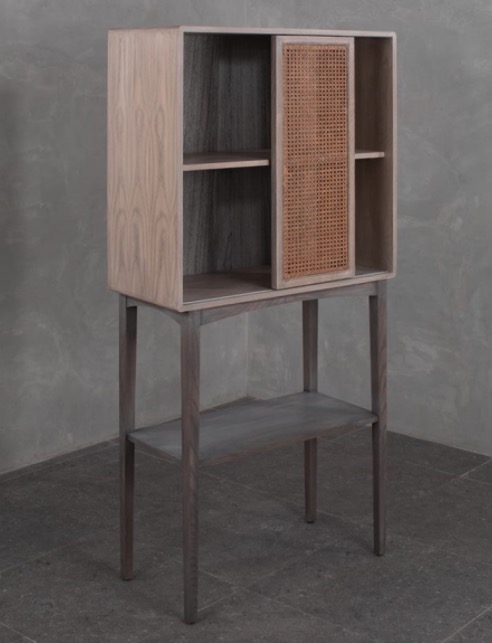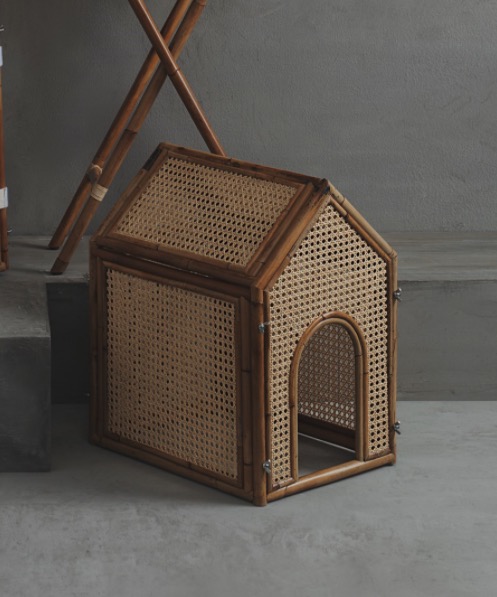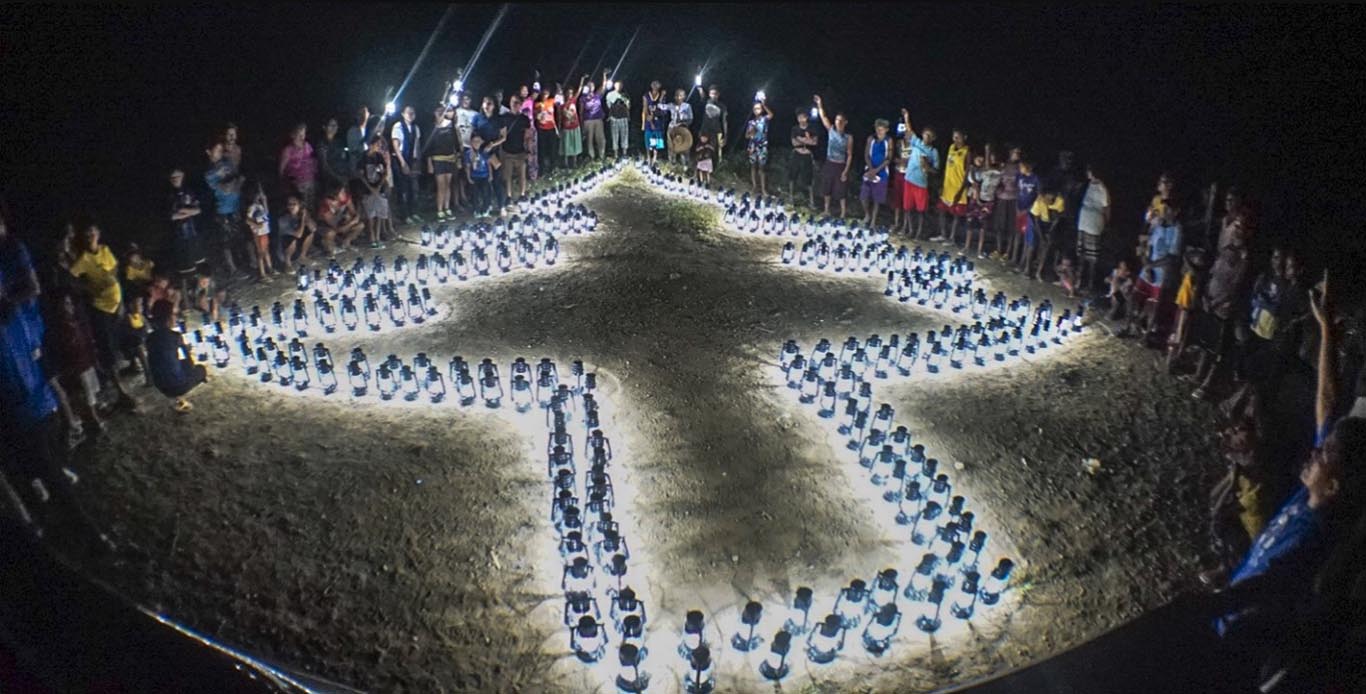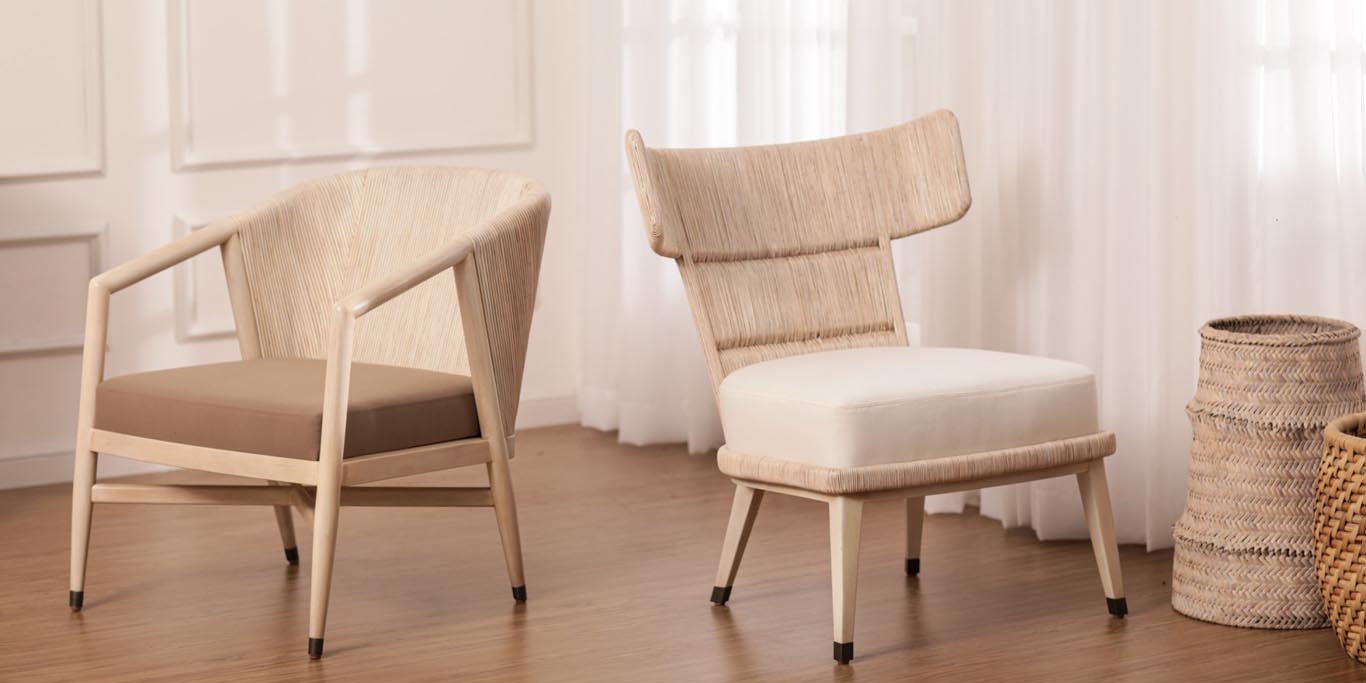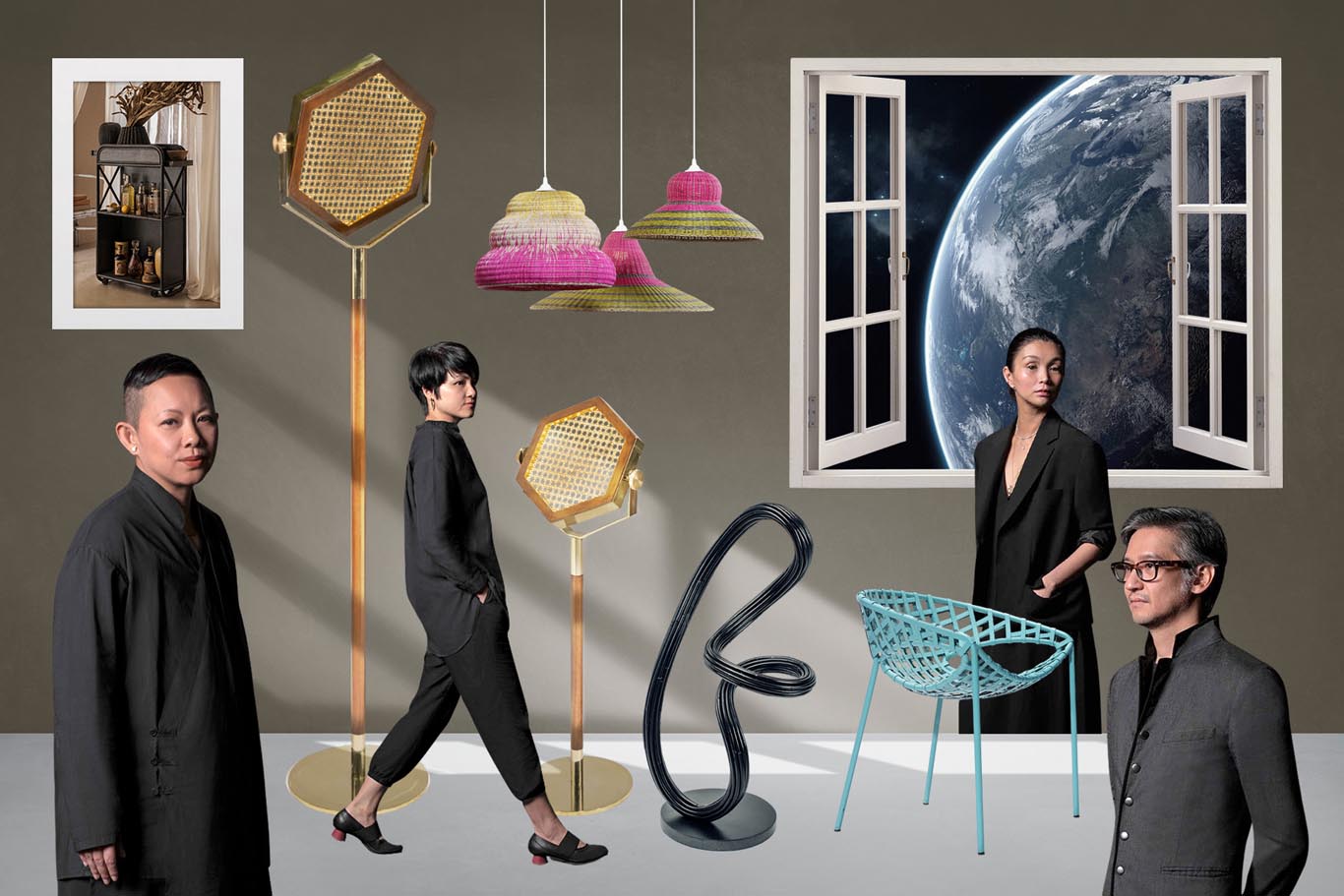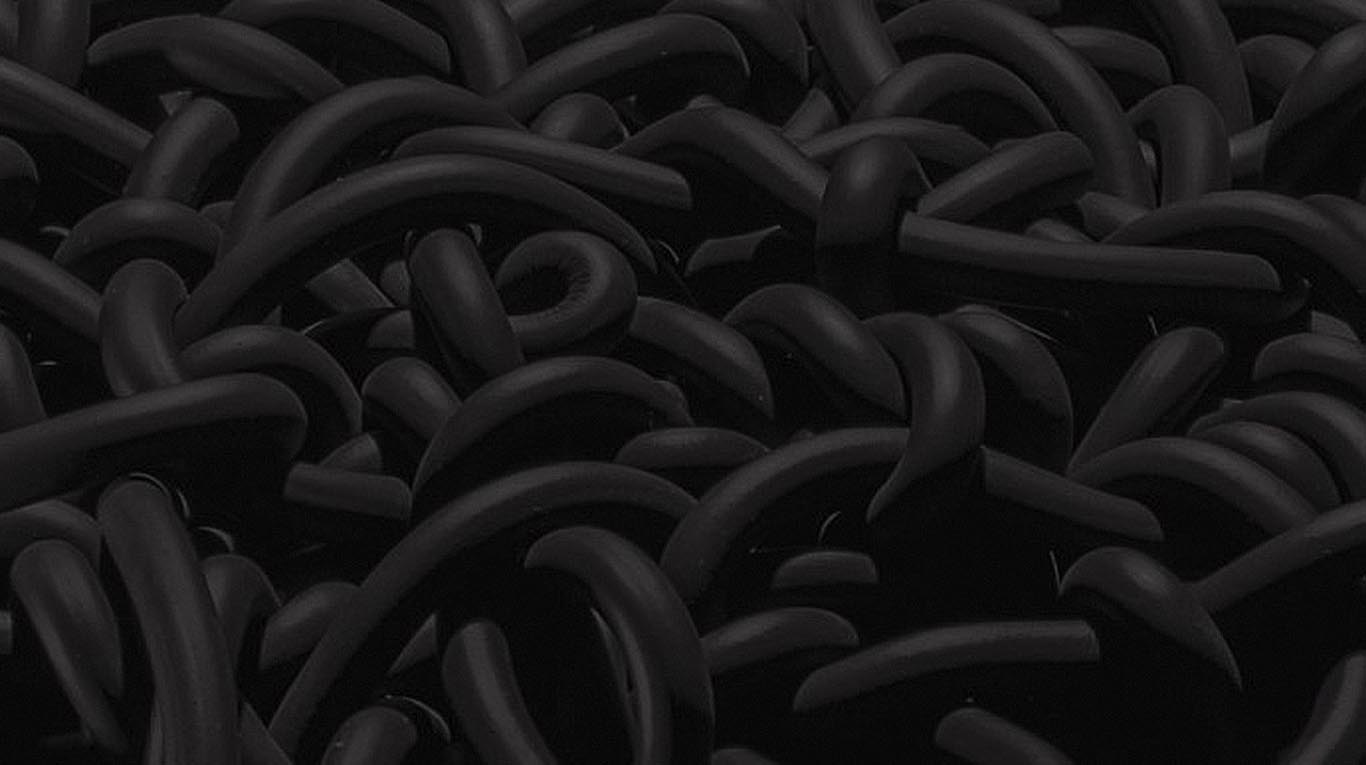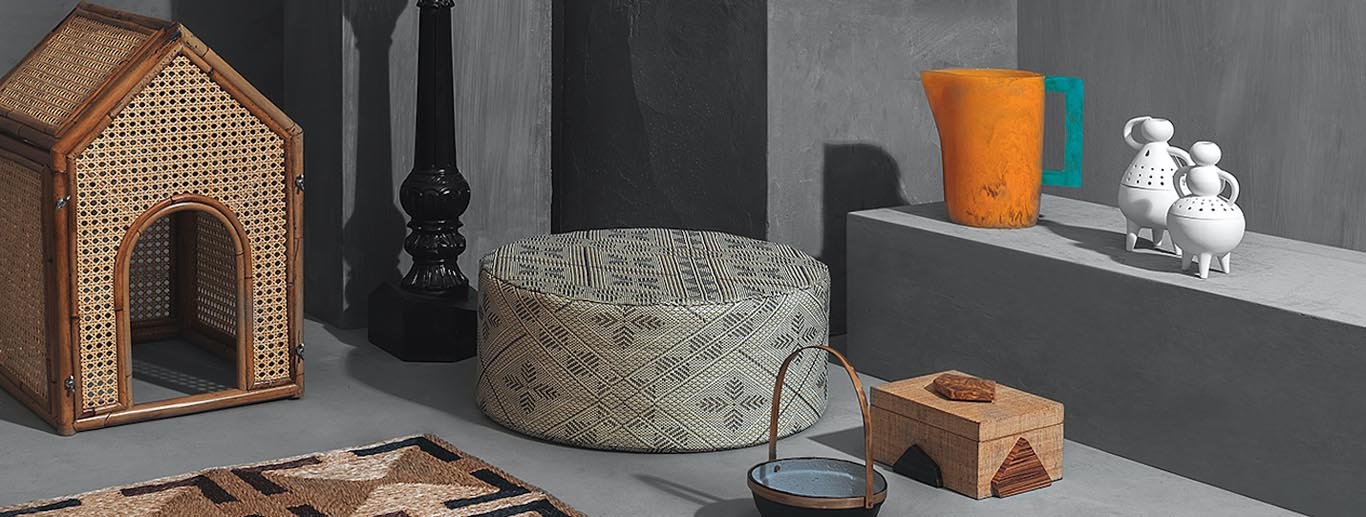The humble rattan plant has long been used as a material for furniture, basket, and accessory making in the country. Its stems and lightweight core can be treated like wood for furnishings, while its skin and inner layers can be split into strands for weaving.
One of the most popular types of rattan weaves is solihiya. You can’t miss its distinctive pattern, which is composed of a repetitive grid of sunburst weaves with a hole in the middle. The holes allow air to flow through, which is essential in our tropical climate.
Solihiya first became popular in the 19th century, when it was woven to form an airy, flexible, but durable panel. These panels were used as seating and backrests for the intricately carved wooden loveseats from Bulacan, the butaca (a long-armed wood lounge chair), and the simple papag (a wooden daybed without a mattress).
This weave has come a long way since its formal and ornate Spanish-colonial days. With Manila FAME’s theme of “Heritage Reimagined,” the solihiya pattern has been reinvented through new forms, applications, and materials by designers and manufacturers for a fresh, 21st century look.


